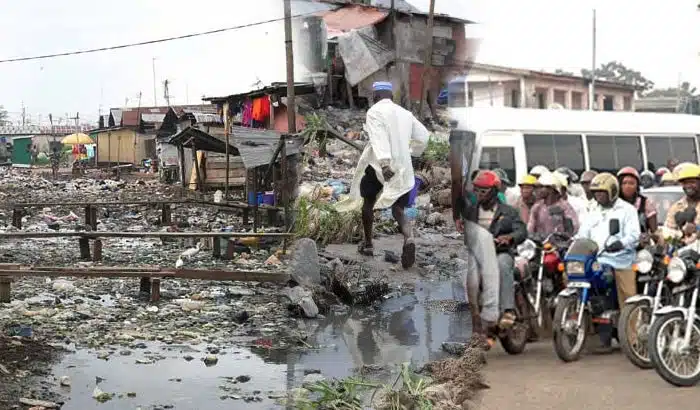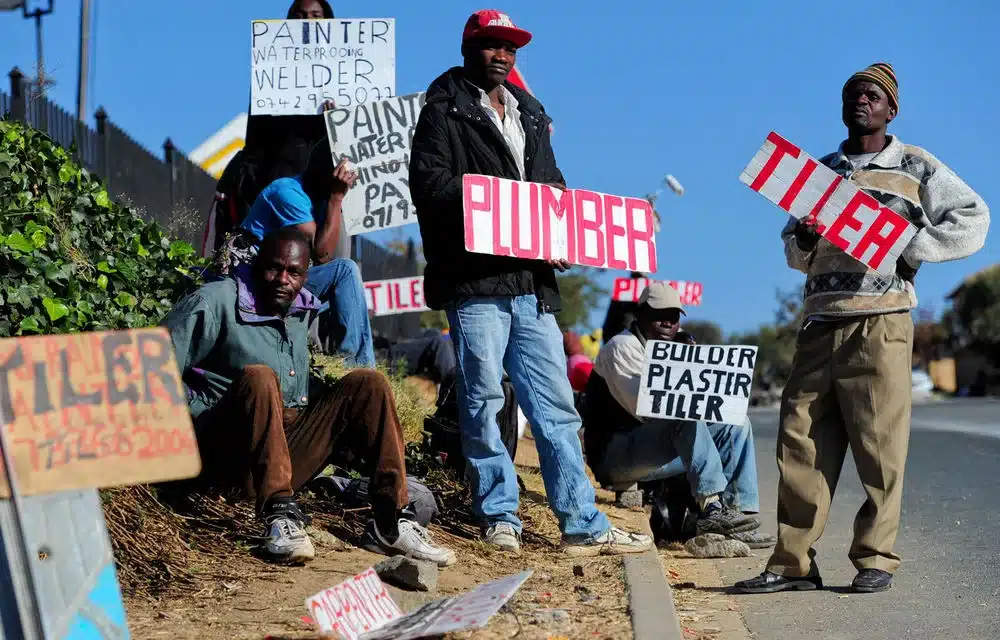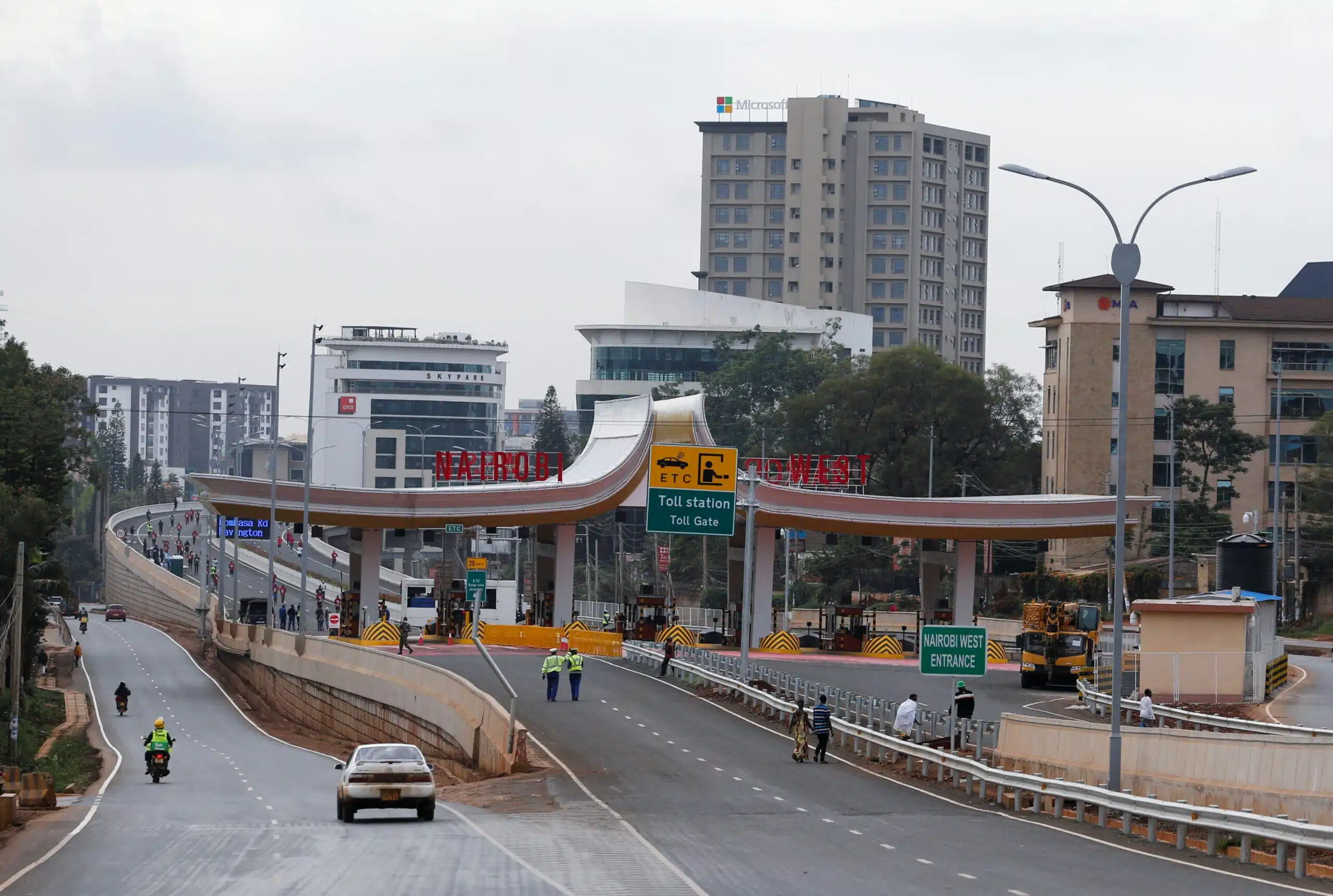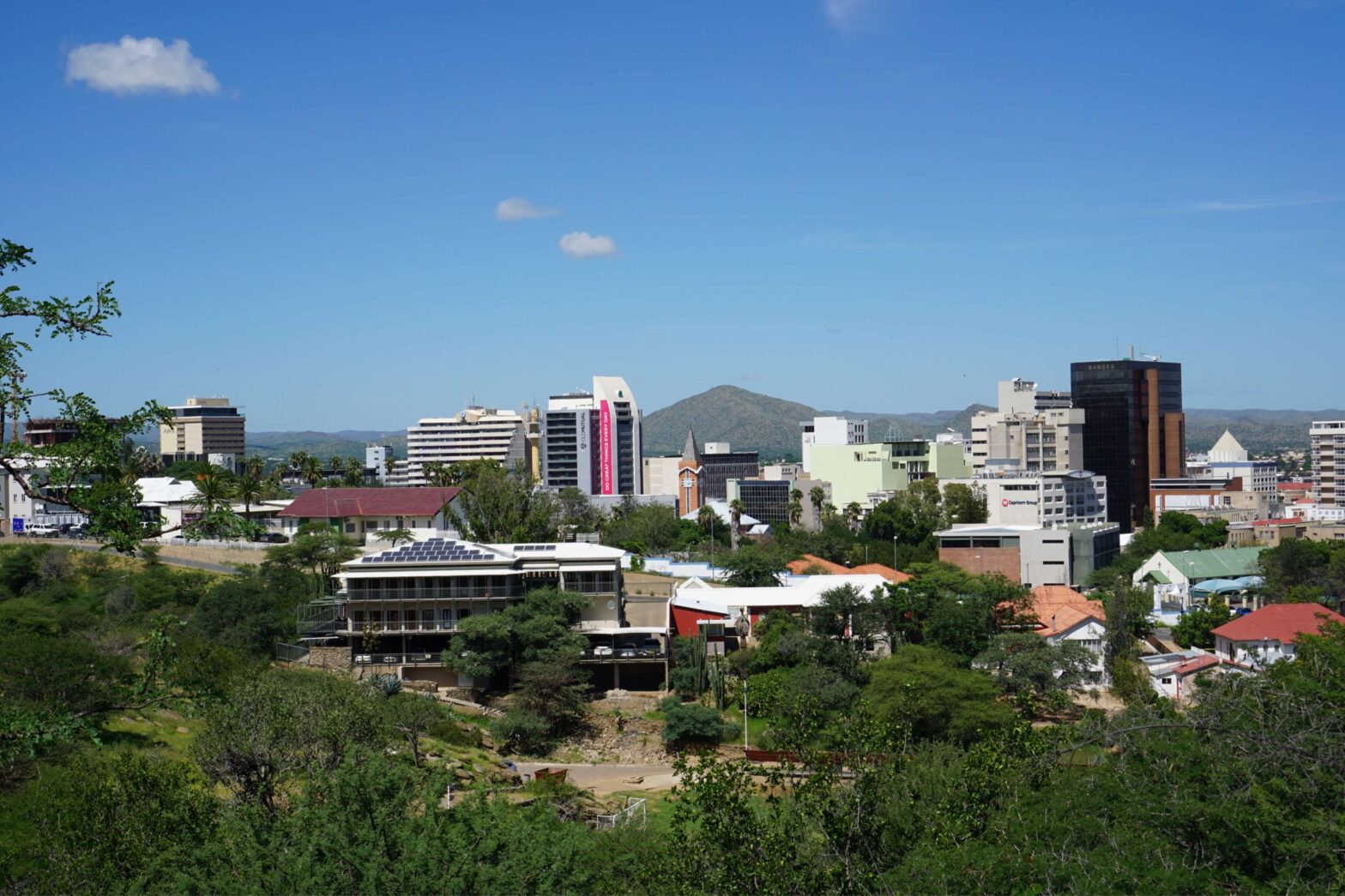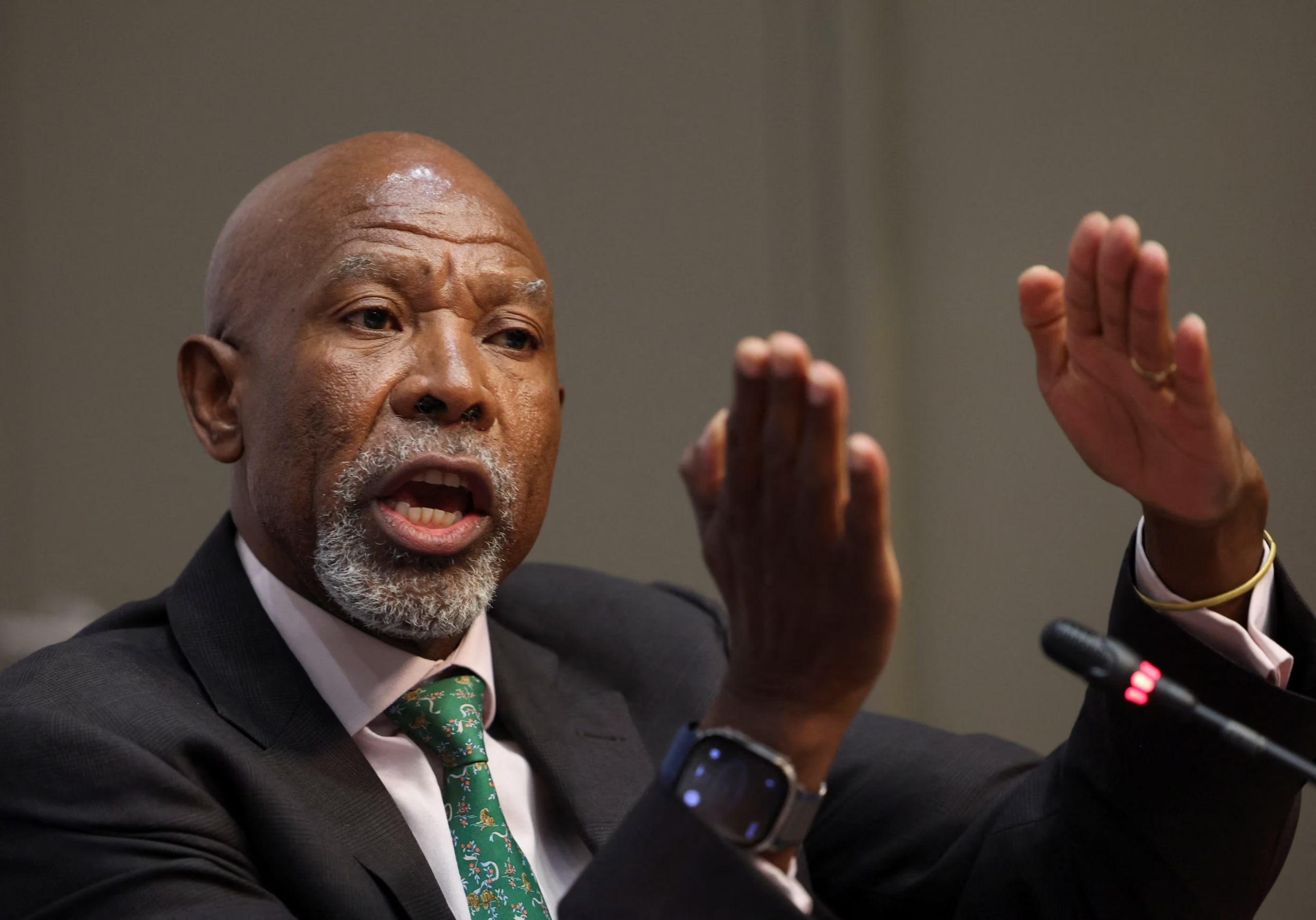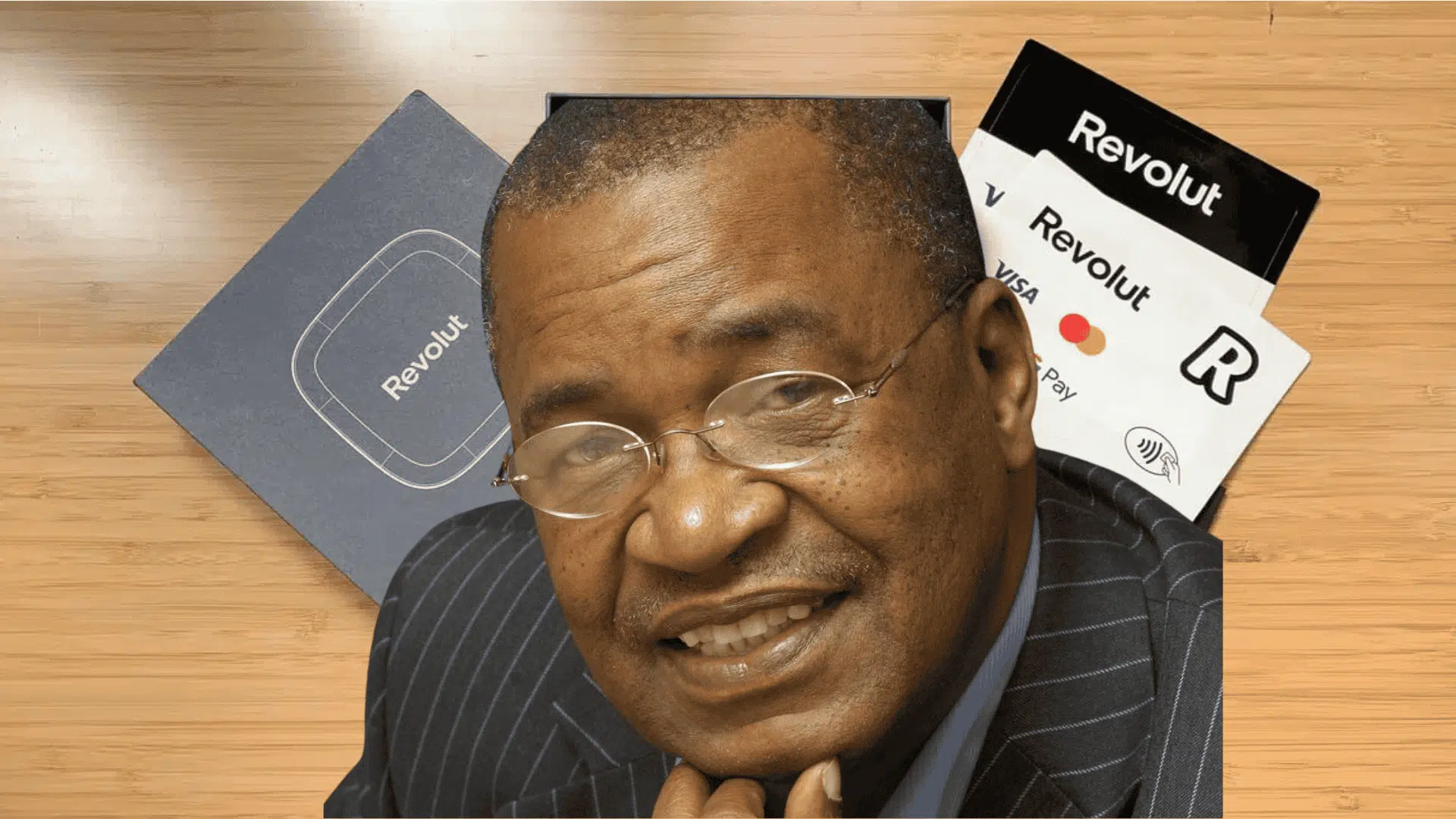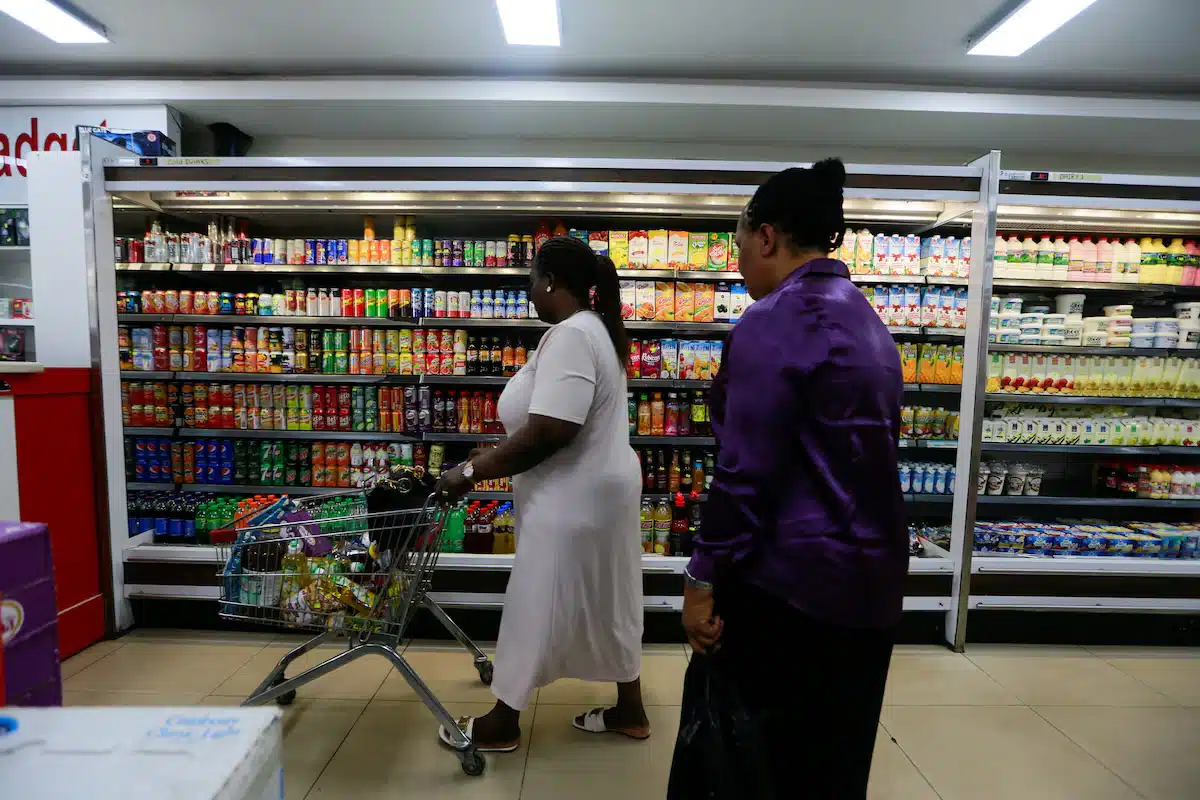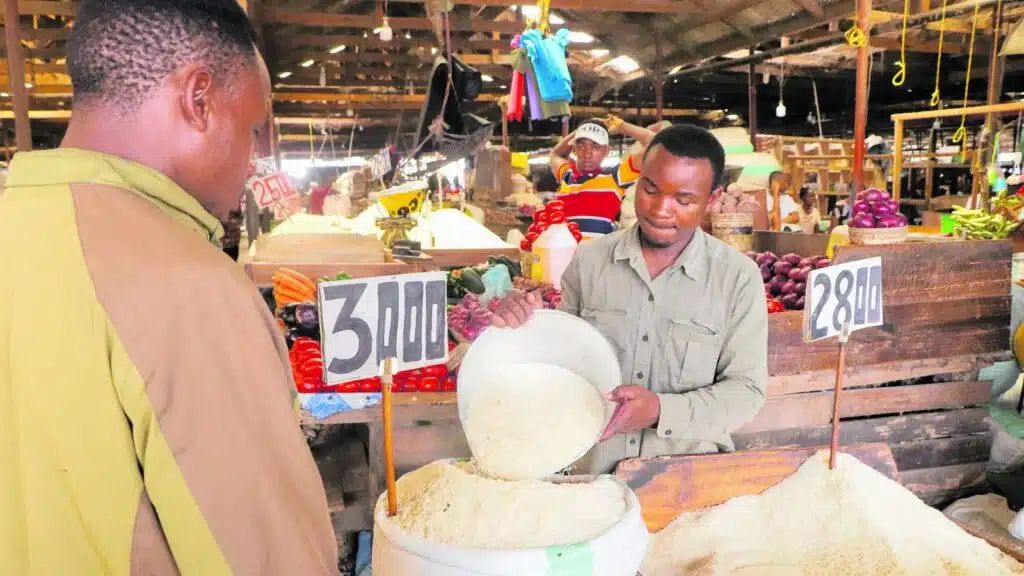Nigeria’s long-running struggle with mass poverty could ease slightly in 2027—the next election year—marking the first improvement in nearly a decade, according to a Finance in Africa analysis of the World Bank’s latest Nigeria Development Update report.
After years of steady increases, the multilateral lender projects that the poverty rate will peak at 62% in 2026—equivalent to about 141 million people—before dipping to 61% in 2027, or roughly 140 million Nigerians.
The projection, underscores the fragile nature of welfare recovery despite reforms that have helped to stabilise the macroeconomy.
For millions, especially in rural and northern regions, prospects of relief remain distant, as food inflation, structural inequality, and weak social protection systems continue to deepen hardship.
“Still timid growth and remaining inflationary pressure, particularly from food prices, are expected to further push poverty up. The poverty rate is projected to reach 62% in 2026 before stabilising and slightly reducing to 61% in 2027,” the report said.
From 40% in 2019 to 62% in 2026: A sharp deterioration
The data show a dramatic worsening of poverty over the past half-decade. In 2018/19, the Nigeria Living Standards Survey estimated poverty at 40%, or 81 million people. By 2022/23, that figure had surged to 56%, or 113 million Nigerians.
This escalation coincided with falling consumption, weak growth, and soaring inflation. Between 2019 and 2023, average consumption per person fell by nearly 7%, with urban households hit hardest.
“Between 2019 and 2023, average consumption fell by 6.7%, especially in urban areas, while poverty rose from 40% (81 million people) to a projected 61% (139 million people) by 2025, with three-quarters of the increase occurring before 2023,” the World Bank said.
By 2025, an estimated 139 million Nigerians were living below the poverty line. The World Bank expects a further rise to 62% in 2026 before a modest decline the following year—the first predicted reversal in nearly a decade.
However, the Presidency has disputed the figures. President Bola Tinubu’s Special Adviser on Media and Public Communication, Sunday Dare, said on social media X, formerly Twitter, that the statistics were “unrealistic” and should be “properly contextualised” within global poverty measurement frameworks.
Rise of the ultra-poor: Millions unable to afford food
Even more concerning is the rapid growth of ultra-poverty—households unable to meet basic calorie needs even if they spend all their income on food. The share of ultra-poor Nigerians rose from 14% in 2019 to 27% in 2023, or about 70 million people.
This group sits at the sharpest edge of deprivation, where survival depends on access to staples such as rice, yam, maize, and cassava. Food inflation has hit them hardest, with the majority concentrated in the northern regions.
Food inflation: The main driver
Food inflation remains the single biggest driver of poverty in Nigeria despite easing slightly to 21.8% in August this year after rising to a five-month high of 22.7% in July, according to the National Bureau of Statistics.
The prices of staple foods consumed by the poor rose fivefold between 2020 and 2024, compared with a threefold rise in general food prices and a twofold increase in the overall consumer basket.
Because poor households spend up to 70% of their income on food, the impact has been devastating. Even as headline inflation eased in 2025—from 23.7% in April to 20.1% in August—food inflation stayed elevated.
The World Bank attributes the trend to a mix of policy missteps and structural weaknesses: import bans, high tariffs, fertiliser restrictions, insecurity in food-producing areas, poor transport and storage, and climate shocks.
Regional Divide: North vs South
Poverty remains deeply uneven across Nigeria. More than 80% of people in the North-East live below the poverty line, compared with about 30% in the South. The wider northern region records poverty rates above 70%, reflecting structural inequalities in economic opportunity and development.
Southern states like Lagos, Rivers, and the FCT benefit from more diversified economies, while northern states remain dependent on subsistence agriculture.
“Poverty remains elevated in the north, where more than 7 in 10 Nigerians are poor, compared to about 3 in 10 in the south,” the Bank said. “The northeast zone has the highest incidence of over 80%, compared to 32% in the south-south.”
Reforms yet to improve livelihoods
Since the second quarter of 2023, Nigeria has implemented major reforms—exchange rate unification, subsidy removal, tighter monetary policy, and stronger tax collection—that have helped stabilise the naira and shore up fiscal revenues.
However, the benefits have not filtered down to households. Real wages remain stagnant, unemployment is high, and inflation continues to erode purchasing power.
“These policies are the basics but don’t provide the solutions to our problems,” said Omoboyede Olusanya, Vice Chairman of the Nigerian Economic Summit Group (NESG).
Weak safety nets: Millions left without support
Nigeria’s social protection system remains severely underfunded. Spending accounts for just 0.14% of GDP—far below the global average of 1.5%. Coverage has fallen from nearly 20% in 2018/19 to just 6% in 2023 after key programmes were suspended.
While emergency cash transfers such as the HOPE programme have provided short-term relief, they are limited in scope. The World Bank says Nigeria’s Social Registry—covering 86 million people—offers a foundation for scaling up transfers but requires consistent domestic financing.
It estimates that monthly transfers to all ultra-poor households in 2024 would consume only 19% of total Federation Account Allocation Committee in Nigeria (FAAC) revenue deductions.
Outlook to 2027: Fragile gains amid political pressure
The forecast of a modest poverty decline in 2027 comes at a politically charged time. With general elections due that year, the Tinubu administration faces pressure to show that macroeconomic stability is translating into improved living conditions.
Whether the projection materialises depends on sustained GDP growth—forecast at 4.2% in 2025 and 4.4% in 2027—alongside disinflation and expanded social protection. Risks remain high, including global trade disruptions, climate shocks, and potential policy reversals during the campaign season.
“Sustained implementation of structural reforms and faster expansion of social protection programs could help accelerate growth and reduce poverty,” the World Bank noted.
For Nigerians, however, the real test will be whether reforms bring relief to households. Unless food inflation is curbed, safety nets expanded, and fiscal revenues channelled into inclusive development, the projected decline to 61% may offer little comfort beyond the statistics.

